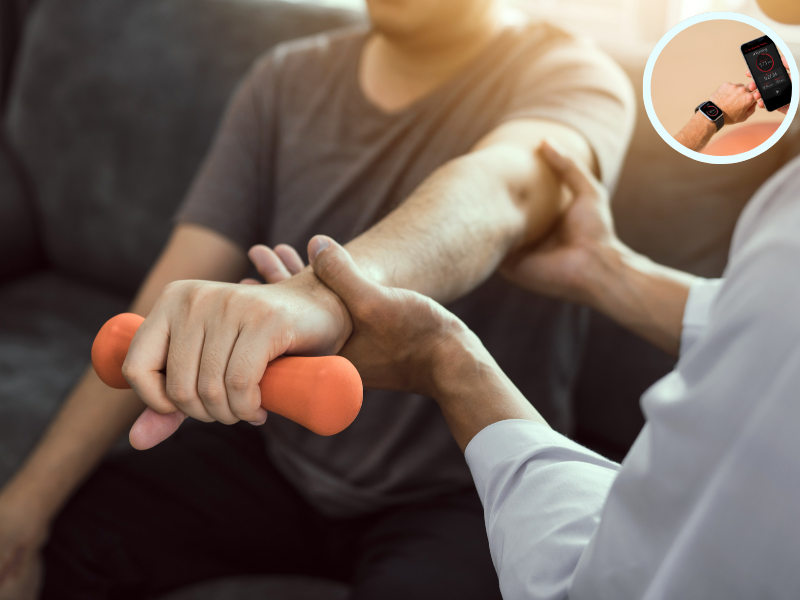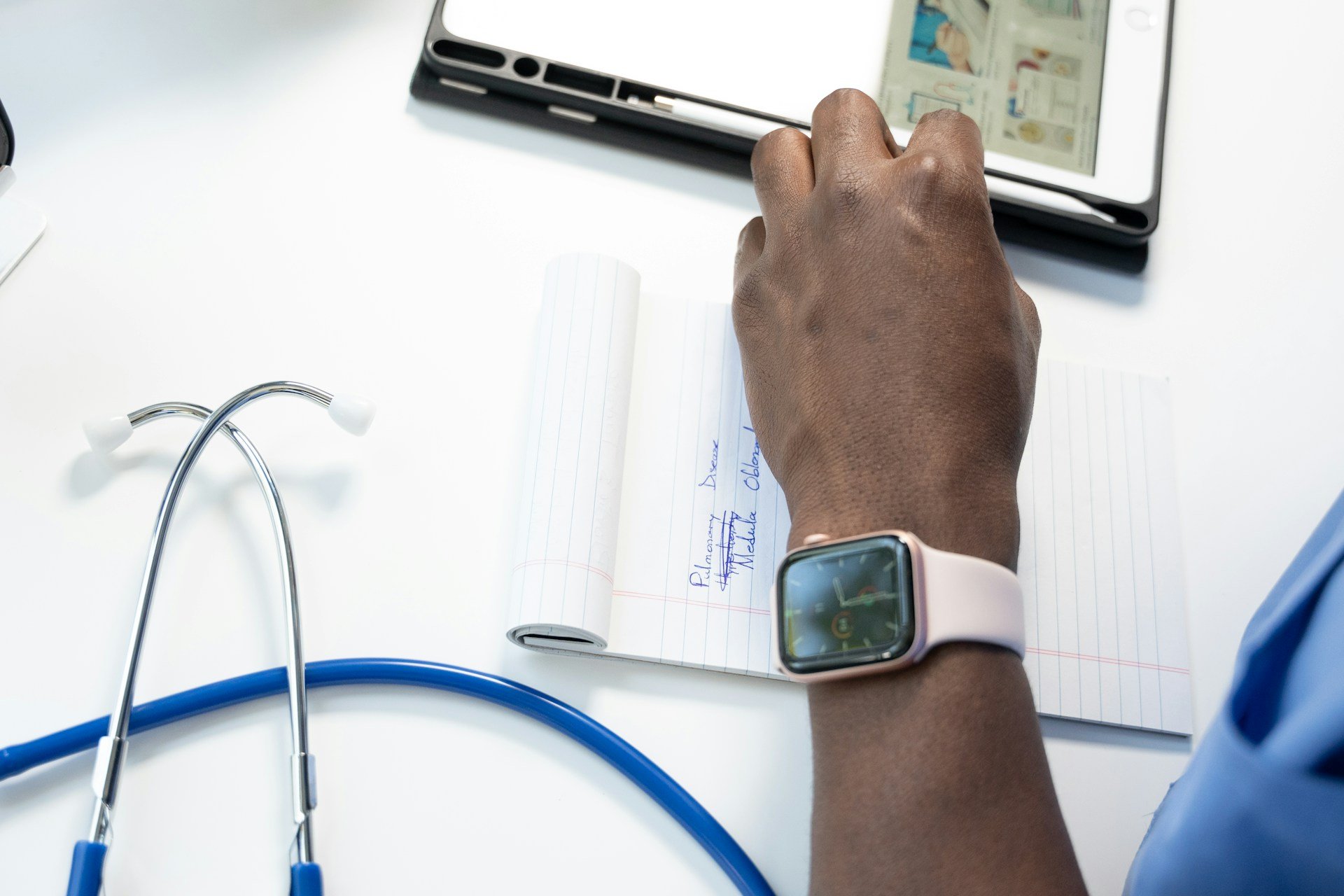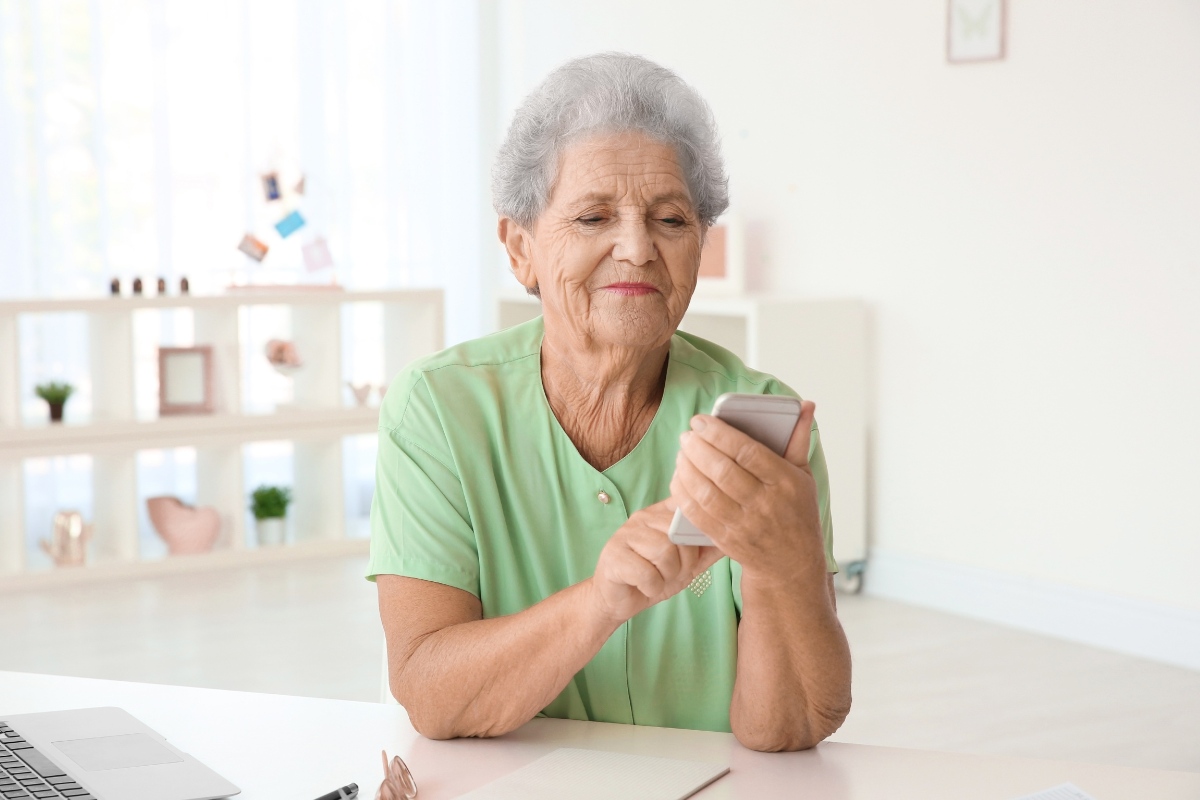World Stroke Day Spotlight: The Role of Wearable Technology in Stroke Rehabilitation

Stroke Statistics
World Stroke Day highlights the importance of supporting stroke survivors in their recovery and raising awareness of the condition. A stroke occurs when a blood vessel that carries oxygen and nutrients to the brain is either blocked by a clot or bursts. Around 15 million people suffer a stroke around the world and 5 million are left permanently disabled as a result. Stroke risk increases with age, but strokes can occur at any age; a quarter of patients who suffer a stroke are under the age of 65 years and almost 50% of them are unable to return to work.
Stroke-related costs in the United States reached $56.2billion between 2019 and 2020. Therefore, research around strokes aims to reduce the disability burden and economic costs associated with stroke rehabilitation.
The RE-GAIN Project
The University of Rhode Island (URI) leads the RE-GAIN project, an adaptive medical platform combining electronic wearables, augmented reality, and AI. Recently, the URI has been awarded a $500,000 grant from the US National Science Foundation to help fund their research.
The overarching goal of RE-GAIN is to restore survivors’ motor and cognitive functions, supporting their reintegration into society and the workforce. This international program brings together U.S. and Indian researchers, fostering collaboration supported by agreements between the U.S. National Science Foundation and the Indian government’s Department of Science and Technology.
Kunal Mankodiya, Director of Wearable Biosensing Lab at the University of Rhode Island highlighted the importance of this study: “This project represents an incredible opportunity to make a real difference in the lives of stroke survivors. We are excited to work together, exchange knowledge, and develop innovative rehabilitation technologies that are not only advanced but realistic and practical for making a positive impact in the world.”
Related Content:
- Speech-Analysis Tool for the Early Detection of Alzheimer's Handed to Linus Health in Acquisition
- Enhancing Patient Care: Exploring the Role of Digital Biomarkers in Patient-Centric Healthcare
- Beyond Traditional Therapeutics: How Digital Therapeutics Reshape Neurological and Neuropsychiatric Treatments
Focused on relearning motor skills, RE-GAIN centres on a “smart glove” designed for upper limb rehabilitation. Embedded with sensors, the smart glove can track and transmit the hand and finger movements of the wearer during rehabilitation exercises. The glove then wirelessly transmits data to a smartphone or laptop for feedback. The feedback and stimulation serve as critical components in reconditioning a patient’s functional capabilities and could potentially help re-establish the neural pathways that control muscle movements and coordination.
To ensure continuous collaboration throughout the project, the primary investigators will meet bi-weekly via videocall to discuss the progress of their research. Moreover, the team will have monthly progress meetings, and the URI will host their collaborators from India for two weeks in the project’s first year.
However, tracking and assessing stroke patients' motion during daily activities still poses challenges due to their slower, more variable movements. Wearable sensors often face limitations like battery life, data loss, and orientation drift.
Conclusion
With researchers worldwide exploring similar avenues, projects like RE-GAIN provide vital hope for stroke survivors. Integrating wearable technology with advanced neurological support could redefine rehabilitation and inspire further innovation in stroke treatment.
Supporting stroke survivors through their recovery and rehabilitation remains crucial: this article shows how wearable technologies play a major role in meeting this need. These technologies encapsulate a personalised and patient-centric approach to recovery. For example, wearable technology can objectively assess and monitor patients outside clinical environments, this gives patients a sense of autonomy regarding their recovery and progress and a tailored evaluation of their impairment.
Related Resources







